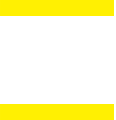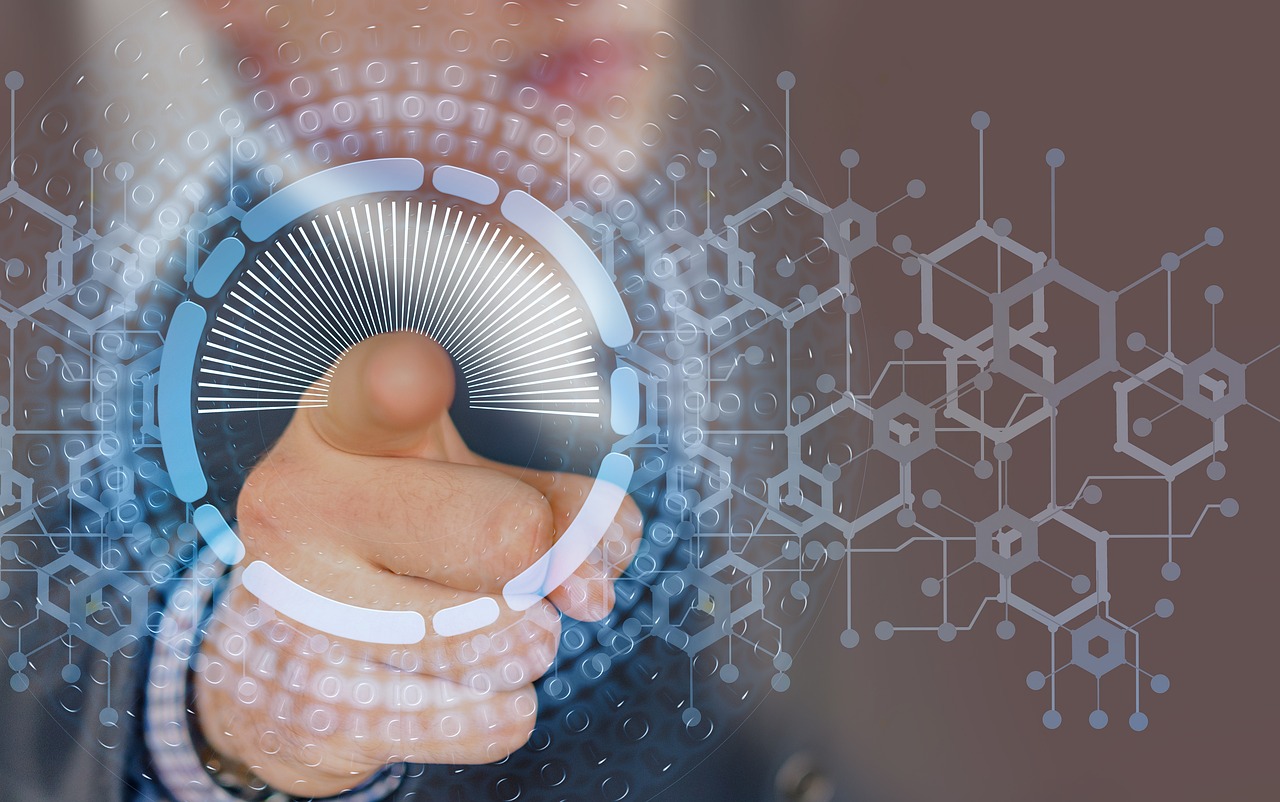Data security is a critical concern for businesses today. Organizations need to protect their sensitive information to build trust with customers and partners. Two widely recognized standards for data security are ISO 27001 and SOC 2. Both provide frameworks for managing and securing data, but they serve different purposes and have unique requirements. ISO 27001 is an international standard, while SOC 2 is primarily used in the United States. Understanding the differences between them is essential for companies looking to comply with security regulations or enhance their data protection measures. Each standard has its strengths, depending on a company’s specific needs and goals.
Purpose and Scope
ISO 27001 and SOC 2 both aim to ensure data security, but they serve different purposes. ISO 27001 is an international standard that provides a framework for an Information Security Management System (ISMS). It covers various security practices, including risk management, incident response, and continuous improvement. The goal of ISO 27001 is to help organizations manage information security in a systematic way. SOC 2, on the other hand, is a standard developed by the American Institute of Certified Public Accountants (AICPA). It relies on internal controls related to security, availability, processing integrity, confidentiality, and privacy. SOC 2 is specifically designed for service organizations that handle customer data, making it particularly relevant for SaaS companies and cloud service providers.
Certification Process
The certification processes for ISO 27001 and SOC 2 are quite different. ISO 27001 certification involves a formal audit conducted by an accredited external body. The audit assesses the organization’s ISMS against the standard’s requirements. To achieve certification, a company must show that it has implemented an effective ISMS that complies with ISO 27001 guidelines. The process is rigorous and involves multiple stages, including a pre-assessment audit, a main audit, and periodic surveillance audits. SOC 2, however, does not involve a certification in the traditional sense. Instead, a third-party auditor performs an examination and issues a SOC 2 report. The report provides an opinion on whether the organization’s controls meet the SOC 2 criteria. There are two types of SOC 2 reports: Type I, which assesses the design of controls at a specific point in time, and Type II, which evaluates the operating effectiveness of controls over a period.
Framework and Controls
ISO 27001 and SOC 2 have different frameworks and control requirements. ISO 27001 is based on a risk management approach. It requires organizations to identify information security risks and implement controls to mitigate them. The standard provides a set of controls in Annex A, but organizations are allowed to choose which controls are relevant based on their risk assessment. This flexibility helps organizations tailor their security measures to their specific needs. SOC 2, however, is built around five “Trust Service Criteria”: security, availability, processing integrity, confidentiality, and privacy. Organizations must implement controls that address these criteria, but there is also room for customization based on specific business requirements. While ISO 27001 is more prescriptive, SOC 2 allows for more flexibility in how controls are implemented.
Geographic and Industry Relevance
ISO 27001 and SOC 2 are used by organizations around the world, but they are more prevalent in certain regions and industries. ISO 27001 is an international standard and is recognized globally. Europe, Asia, and other parts of the world widely use it. Many organizations pursue ISO 27001 certification to demonstrate their commitment to information security to a global audience. SOC 2, however, is primarily used in the United States. It is especially popular among technology companies, SaaS providers, and cloud service organizations that need to demonstrate strong internal controls to their clients. Organizations that operate internationally may find ISO 27001 more beneficial, while those focused on the U.S. market might prefer SOC 2.
Cost and Maintenance
The costs associated with ISO 27001 and SOC 2 can vary significantly. Achieving ISO 27001 certification can be costly due to the need for an accredited certification body and ongoing surveillance audits. The costs include fees for external auditors, internal resources needed to maintain compliance, and any additional controls or processes that need to be implemented. SOC 2 can also be expensive, but the costs are generally tied to the scope of the SOC 2 audit and the length of the reporting period. Unlike ISO 27001, SOC 2 reports need to be renewed annually, which can add to the cost of maintaining compliance. Both standards require continuous effort to maintain compliance, but ISO 27001 may involve more ongoing internal processes, such as regular risk assessments and management reviews.
ISO 27001 and SOC 2 are both essential standards for data security, but they serve different purposes and are suited to different types of organizations. ISO 27001 provides a comprehensive framework for an Information Security Management System and is recognized globally. This works well for groups with a clear plan for handling information security risks. It is ideal for teams that prefer to maintain organization and security. SOC 2 focuses on internal controls related to data security and is widely used by service providers in the United States. Understanding the key differences between ISO 27001 and SOC 2 helps organizations choose the standard that best fits their needs. Whether aiming for international recognition or specific industry compliance, both standards play a crucial role in protecting sensitive information and building trust with customers.

